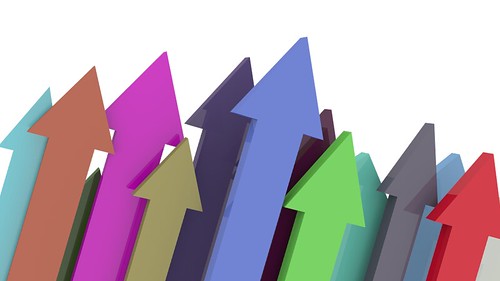A common question we see in the WordPress community is how to update your WordPress website. Should you upgrade plugins before your theme? Should the WordPress core update be done before or after your plugins?
The truth is that there is no right answer. The best upgrade method is to take a complete site backup before beginning updates so that you have a restoration point in case if the update goes wrong and crashes your site.
It is also preferable to clone your site to a staging area and perform the updates on the staging copy first to make sure there are no compatibility problems. Then if your site goes down, your customers won’t know and you have averted an emergency.
At OnSiteWP, when we find a site that is way behind on updates, we start with the plugins.
Instead of going to the Dashboard – Updates screen and doing a select-all on the pending updates, we will select the plugins in groups. There are plugins that we commonly see across many sites and consider them fairly safe for everyone. This includes plugins like “duplicate post”, google analytics, wordfence, updraftplus, yoast, akismet, etc. These make up our first group of plugin updates.
Getting the safer plugins updated first gives a clean look at what remains to be updated.
Assuming that went well, we’ll look for other natural groups of plugins. One such natural collection is woocommerce and all of the plugins used to extend woocommerce (payment gateways, min/max orders, shipping, customer retargeting, etc). Since some of these woocommerce addon plugins need an active subscription from woocommerce.com for updates, we want to make sure all of the correct license keys are in place before updating.
Once we feel our prequisites are met, we will update the group of woocommerce plugins.
What many people don’t realize is that nearly every theme has woocommerce templates. You have to think of your theme as a part of woocommerce. Plan on updating your theme after the woocommerce plugin. When done, look in the dashboard under Woocommerce – Status, near the bottom, to make sure your theme templates and woocommerce are up to date. If you have manual customization in your theme, you’ll have to merge the differences by hand to ensure that your store functions properly.
After all of the plugins are updated, the last item we update is WordPress itself. Our theory is that plugins and themes are tested on a wide variety of WordPress versions so the plugins & themes are the most forgiving for having an older version of WordPress core while you are bringing the entire site current.
One last thing after your site is 100% updated. Check your version of PHP. If you are not on 7.2 or 7.3 (as of May 2018), please go into your hosting control panel and look for a place to update PHP to one of these recent versions. If in doubt, contact your hosting company tech support for help with this.
As you can see, between getting a site backup, cloning to staging, and updating the various components of a WordPress website, there are several opportunities for errors. If you happen to make a mistake and need help fixing an update, please contact OnSiteWP and we will be happy to assist you.
Author: Brian Murphy
Brian Murphy is co-founder of OnSiteWP, a WordPress website maintenance company. His professional experience of working within enterprise IT, communication departments, startup companies and freelancing provides a unique, well rounded perspective on the issues business owners face.

